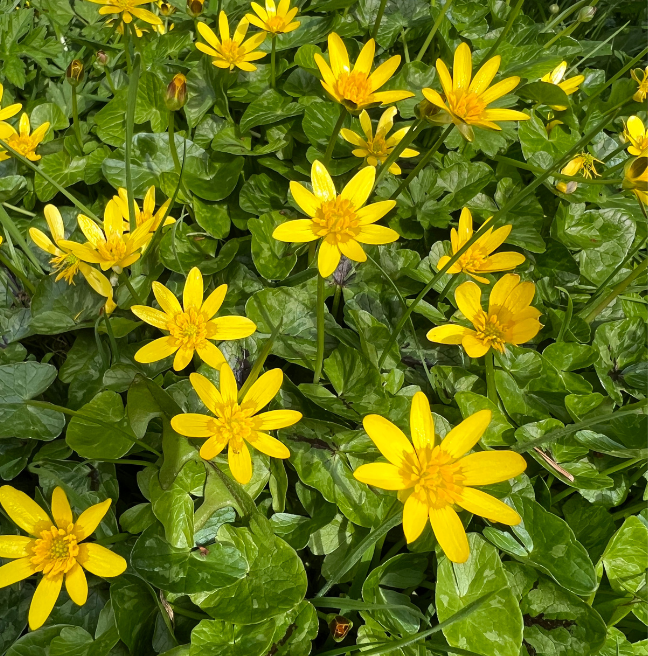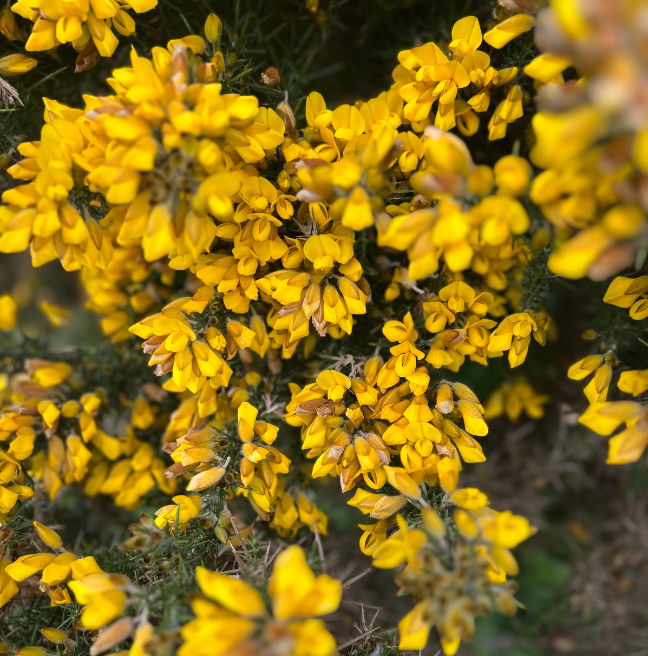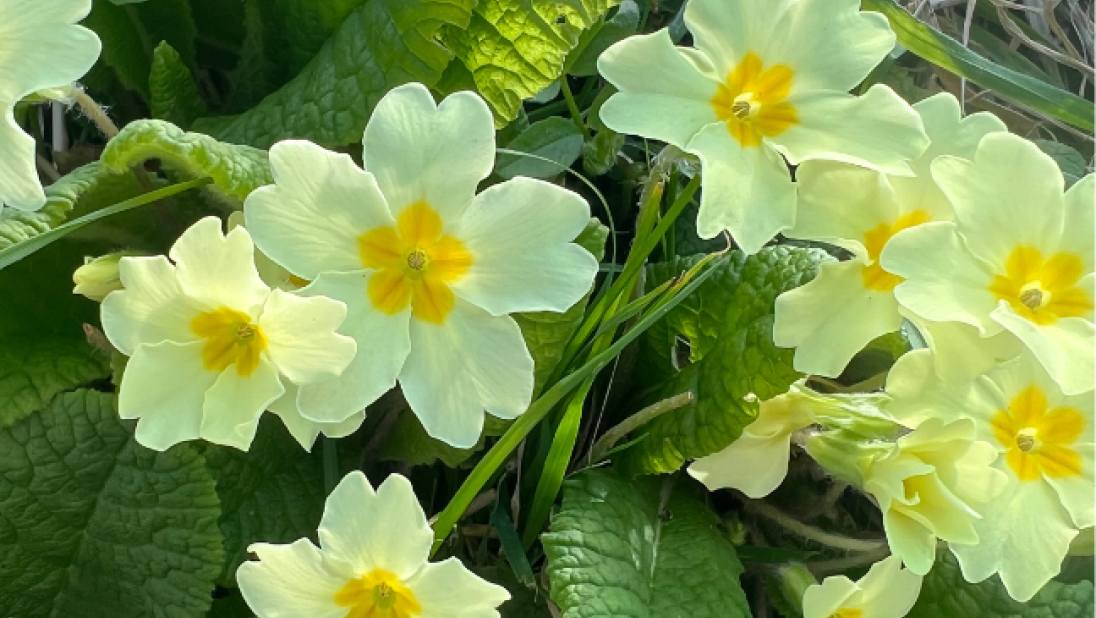
may day traditions
May Day, also known as Bealtaine, marked the beginning of summer. Learn more about traditional celebrations on the 1st of May
Book Tickets to our Flower Crown WorkshopBeginning of Summer
The quarter days marked the changing of seasons. Spring was marked on 1st February (Imbolc or St Brigid’s Day), autumn on 1st August (Lúnasa) and winter on 1st November (Samhain). There were folk customs associated with the eves of these festivals which marked the seasonal transition. Bealtaine embraced the summer; a time when people could bid farewell to the dark half of the year.
May Day was regarded as the symbolic start of a busy season of farm work - farm animals were born, fish were aplenty and the important job of cutting turf in the bogs also started around May Day.

With crop planting out of the way, the start of May also gave many people a welcome break, and an opportunity to work for someone new if they so wished. The biannual hiring fair took place on or around the 12th May, a place where people could look for other work.
Fairies and Witches
On May Eve it was believed that the boundary between the natural and supernatural worlds was open and that people were at risk of untoward influences, in particular fairies and witches.

There were many stories of babies, children and adults, particularly unmarried young women, being abducted by fairies, sometimes with changelings being substituted in their place.
People also feared the ‘fairy stroke’ – being touched by a passing band of fairies and suddenly falling ill or sustaining an injury.
May Eve was regarded a special night with the little folk [fairies] and anyone out late on this night was in danger of encountering them.
Questionnaire of Mr. Traynor
Ederney, Co. Fermanagh
Witches were considered a particular threat on May Day. It was believed that they were capable of turning themselves into hares so that they could steal milk from the cows and charm away the year’s supply of butter. Many people kept the byre doors locked and did not let the cows out to pasture on this day. The cows themselves were sometimes sprinkled with holy water, and bits of rowan were tied to their tails and horns in order to protect them.

So as not to attract the attention of witches and fairies, people avoided lighting their fires too early on May morning. Nothing was thrown or given away – food scraps and floor sweepings were burned, dirty water was kept inside. People were highly suspicious of strangers and were reluctant to open their doors to them.
May Day Flowers
May Flowers were picked on the evening before May Day and before dawn on May Day. This was often done by children who went garlanding for flowers. These were sometimes assembled together to make posies or crowns. Yellow flowers, such as primroses, buttercups and marigolds were especially popular, possibly as they reflected the sun and summer. The flowers were scattered on windowsills, at doorways and on roofs, creating a colourful barrier against any form of evil set upon entering the house or byre.
May Day Flowers
They were believed to offer luck to the house and offer protection from mystical forces – there was a strongly held belief that these were particularly active around the quarter days. It was believed that the fairies could not enter the home as they could not pass such sweet-smelling flowers.
Children often carried baskets of flowers and strew them in front of their neighbours’ homes as a gesture of goodwill and good luck.
May Eve was the time that the older generation put May flowers on the lintels of the pig houses and byres, that was to keep out all the witches and fairies from coming in to take away the luck.
Notebook of Mr. McMillen
Crossgar, Co. Down
May Queens and May Poles
Some towns and villages such as Kilmore in Co. Down and Carrickfergus in Co. Antrim celebrated May Day by dancing around a maypole. Often elaborately decorated, they provided a central point for festivities. One of the best-known maypoles was, and still is, in Holywood, Co. Down.

The customary dance involved the men and women joining hands to form a large circle with a dancer weaving in and out of the circle under their arms and collecting other dancers to follow after them. Some have likened this to the movements of the sun.
[My grandmother] told us thrilling stories of the times they used to have on May Day [in Drumclamph, Co. Tyrone]; how they crowned a May Queen in the village school and then marched singing May Day songs and carrying flowers to a field where they played games all evening and had tea with currant bread and large arrowroot biscuits.
Notebook of Mrs. Stevenson
Portrush, Co. Antrim
The flowers were also used for crowning the May Queen. The tradition of selecting a Queen of May is found throughout Europe and may have associations with the ancient Roman Goddess, Flora.
Like the May Poles, this tradition was more popular in large towns. It was usually accompanied by singing, dancing, sports and festivities.

The crowning of the May Queen provided children with an opportunity to dress in their finest clothes. In some parts of Ulster, a May King was also chosen.
May Day Water
The first water taken from a well on May morning was said to bring luck, protection and healing. The May dew was also believed to have restorative properties, and those who washed their face in it on May morning were said to gain great beauty as it was believed to be good for the complexion.

Sometimes May flowers were placed in the local well so as protect the water supply and the livelihood of those who used it.
Water was generally never asked for or taken from the home on May Eve or May Day so as to retain the luck of the house.





